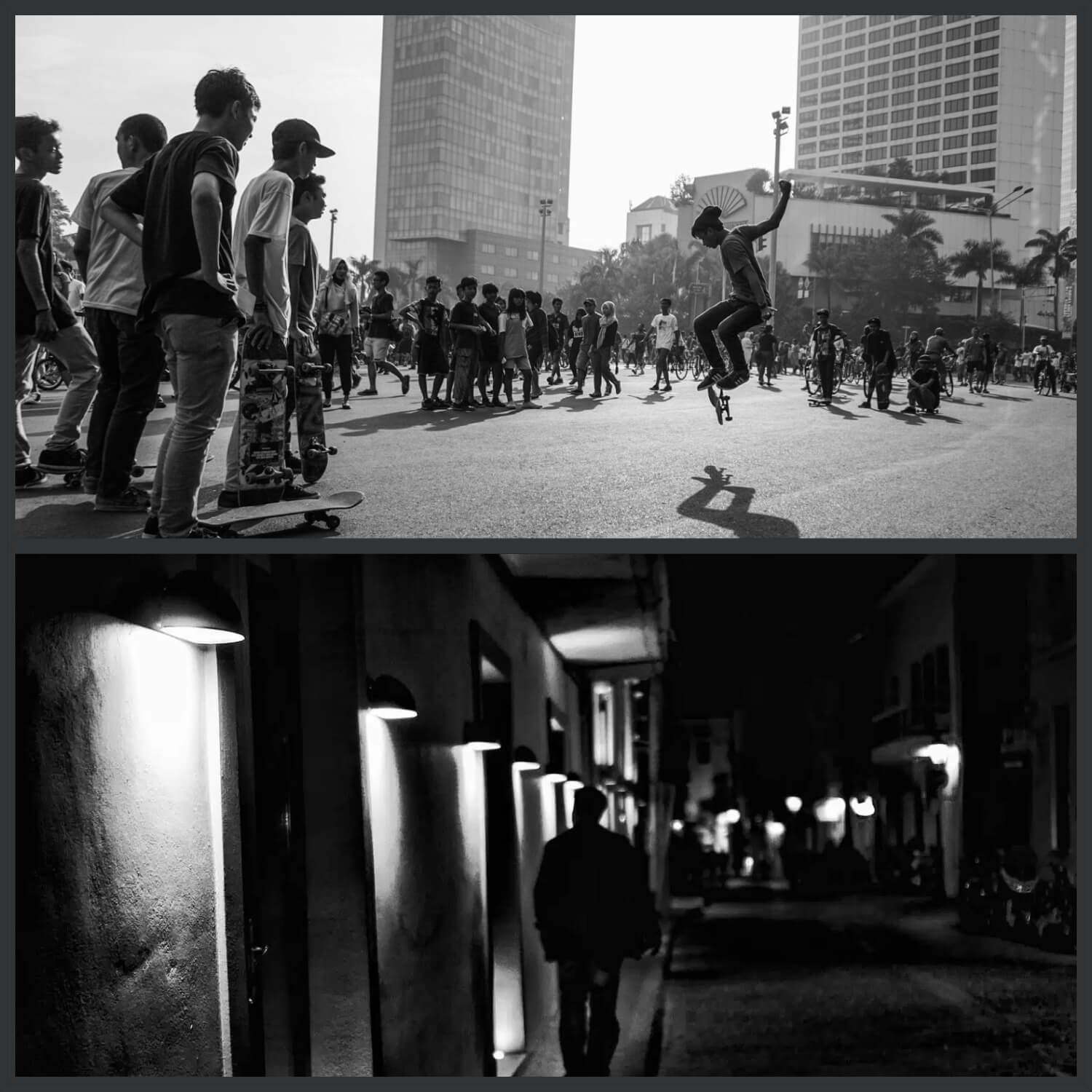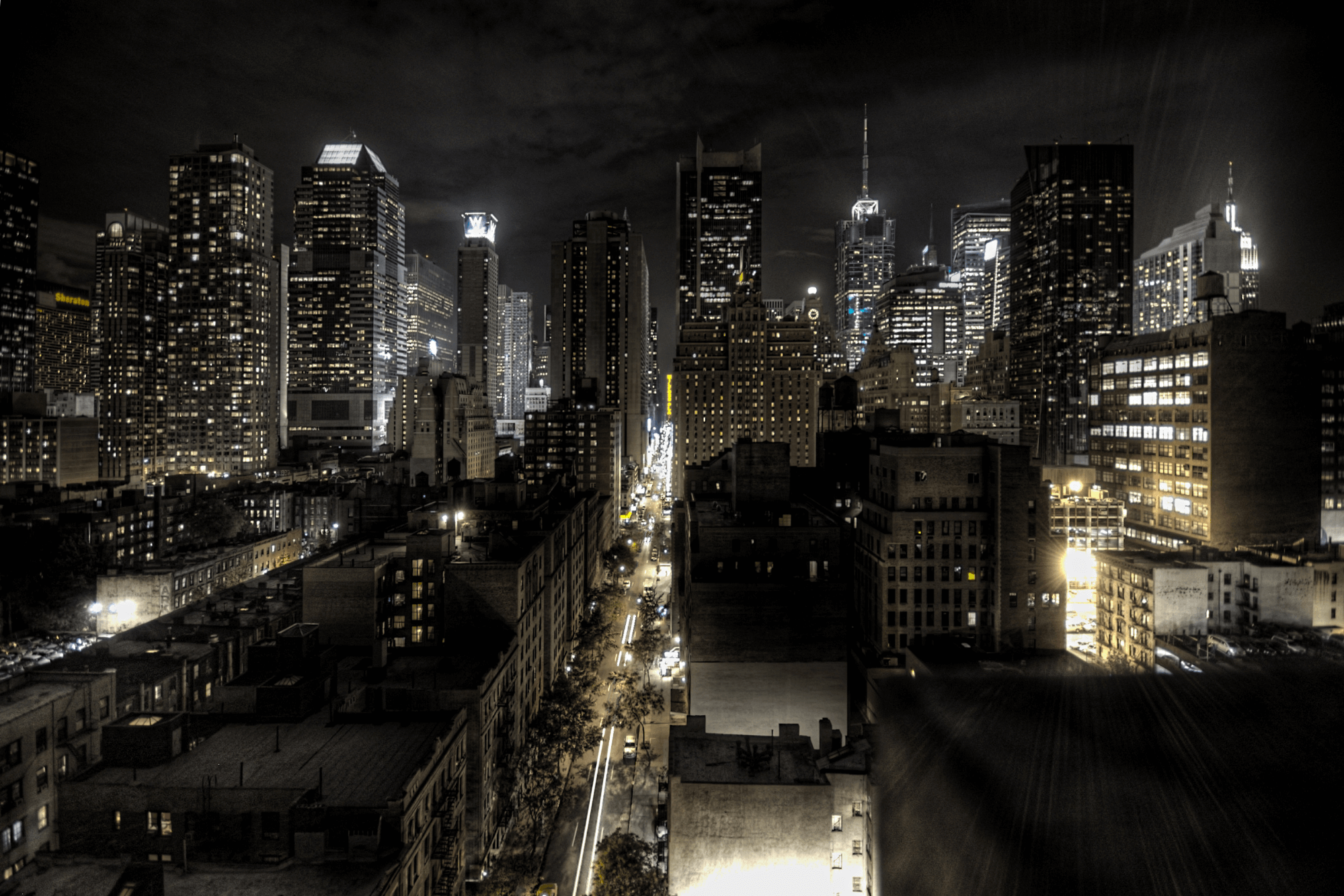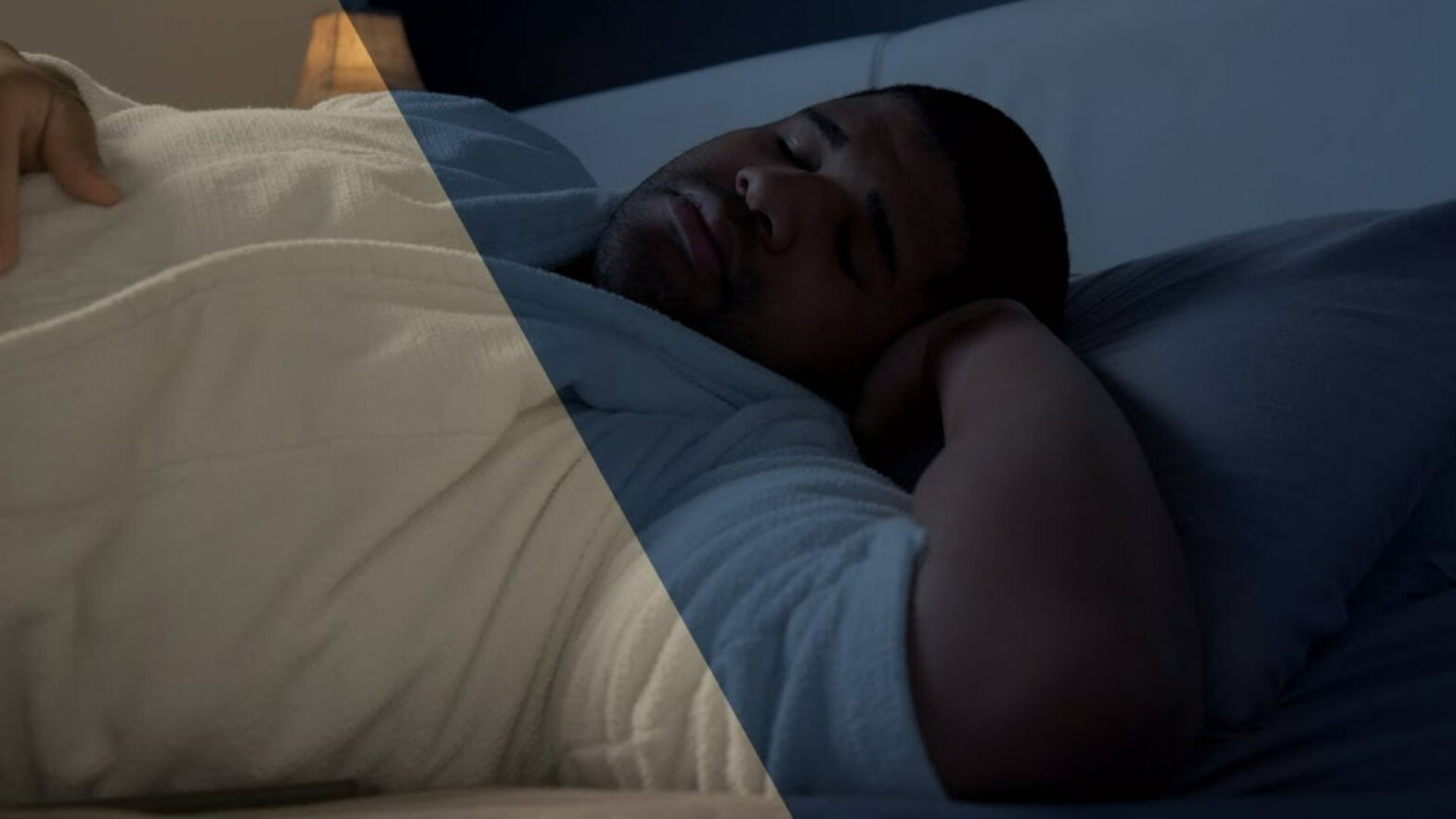What is day for night? And, perhaps more importantly, is it a good idea? There is plenty of debate over the effectiveness of day for night and, even though the technique is used in plenty of feature-films, many filmmakers wouldn’t touch day for night with a ten-foot pole. In this post we will be defining day for night, weighing the pros and cons of shooting day for night, and even giving a couple of tips for getting the best results if you do decide to shoot day for night. Let’s get started with a definition.
How to Shoot Day for Night
Let’s define day for night
Day for night can refer to a shooting practice as well as a type of scene, as in: to shoot day for night. For all intents and purposes the term means the same thing in whichever context.
If you encounter any other unfamiliar film terms, our ultimate guide to filmmaking terminology is a great resource for looking things up, and for more definitions related to cameras and shooting styles, refer to our cinematography terminology guide.
DAY FOR NIGHT DEFINITION
What is day for night?
Shooting day for night is the act of filming a scene set at night during the day. The term most commonly applies to exterior shoots but can also apply to any on-location shoot where daylight is a major factor. Creating day for night footage is a multi-step process that stretches from the production phase into post-production.
Day for night may be undertaken in order to save time and money, schedule shoot days efficiently, make use of locations unavailable at night, or to preserve cast and crew morale by making a strenuous shoot a bit easier than it would be if working through the night.
Day for night is rarely, if ever, the preferred way of shooting a scene. The technique may be convenient but is, in the majority of instances, a concession due to other concerns.
How to Shoot Day for Night:
- Shoot night scenes during the day
- Multi-step process
- Not ideal
Day for Night Filming
How day for night is executed
Shooting a day for night scene is similar to shooting any other type of scene, but some additional planning is required. Be sure to specify day for night scenes in your shooting schedule, and StudioBinder’s shooting schedule software makes this easy, plus, it’s free to get started. We also have plenty of helpful tips for scheduling a day for night shoot.
A guided walkthrough of StudioBinder’s shooting schedule software • Subscribe on YouTube
Once your day-for-night footage is shot, you can move into the post-production stage, and this is where the bulk of the effort on your day for night scene will be spent. Convincing day for night footage relies heavily on color correction and color grading. The following video offers insights for lighting a day for night scene and a tutorial for grading your footage in DaVinci Resolve.
Tips from Moviola • day for night color grading
For the next step up, you can try to follow along with this advanced day for night color grading tutorial. This one is quite a bit more complicated, but the improved results speak for themselves.
Complex day for night color grading • day for night color correction
Now that we know what day for night is and how to execute it, let’s take a look at some of the drawbacks.
Shooting Day for Night
Drawbacks of day for night
As touched on in our definition, there are many benefits to shooting day for night and many reasons to consider doing it, but there are also plenty of drawbacks as well. In fact, the drawbacks can often far outweigh the benefits. To put it bluntly, if you can reasonably avoid shooting day for night, then you probably should.
The results of this in-depth tutorial speak to the drawbacks • day for night photography
The above in-depth tutorial details the post-production process for a day for night shoot. Even though an experienced videographer is handling the coloring of this footage, you can see from the video that the results do not look at all convincing. It is important to calibrate your expectations for what your day for night footage may look like when all is said and done.
Day for night often looks cheap and/or unprofessional. Moreover, the day for night effect often doesn’t succeed in selling that a scene is truly taking place at night. Bad day for night is an immediate red flag to even the most untrained audience members and can instantly wreck their immersion in a film. It is quite tricky to execute day for night perfectly. Keen viewers, and industry professionals especially, can almost always detect even the best day for night scenes.
Even well executed day for night can wind up in the uncanny valley • day for night effect
Another drawback has to do with the production pipeline. Opting to shoot day for night can be seen as passing the buck in a way. Shooting day for night may save time during the production phase but it also complicates and adds to the time required in the post-production phase, potentially canceling out the positives gained from shooting this way in the first place.
How to Make Daytime Photo Look like Night
How to achieve the best results
If you have not been dissuaded from attempting to shoot day for night yourself or you have no other options for your scene, then let us offer some tips for how to achieve the best results. You cannot get great results by simply shooting a scene as you normally would and relying entirely on the color grading to make it look like nighttime. The video below offers some great tips for shooting day for night scenes indoors, but shooting day for night exteriors is much more complicated, so we’ll offer some tips for that as well.
Day for night tips on a low budget • shoot day for night
When shooting exterior scenes day for night, there are many additional factors to keep in mind that you don’t necessarily need to worry about for a day-set scene. First, frame your shots carefully with the end-result in mind. It is important to avoid harsh light hitting your subject or any visible part of the background. It will also make your job in the editing room much easier if you can frame out the sky in all of your shots.
Avoiding the horizon in every single shot might limit your shooting options in a way that could hamper the overall effectiveness of the entire scene. If there’s no way to avoid seeing the sky in your scene, you may need to either shoot at night for real, or be prepared for the post-production process to get a whole lot more complicated. The following video shows how to make a more convincing day-for-night sky by masking out the horizon and putting an actual night sky in its place.
VFX tutorial to upgrade your day for night footage • How to Shoot Day for Night
Obviously, don’t include the sun in any of your shots, but you also need to be wary of clouds as they tend to look different during the day and at night. Even clear skies are best avoided unless you plan to add stars in post, but that adds a VFX step into your pipeline. Compositing in a starry night sky isn’t the most complicated visual effect but it is still tricky to do well if you are not an experienced visual-effects artist.
How to do a sky-replacement in After Effects • turn a day photo into night
One of the most common giveaways of ineffective day for night footage is the look of the shadows cast by performers and objects within a shot. Daytime and nighttime shadows look extremely different, and it can be quite difficult to replicate nighttime shadows during the day. If possible, it may be useful to visit the shooting location at night and take some quick photos for reference, particularly in regards to how the shadows look.

Daytime vs. nighttime shadows • how to make a photo look like night time
Lastly, pay extra-close attention to practical lights when shooting day for night. Not only do you need to avoid direct sunlight, but it also helps with realism if nighttime practical lights sources are visible and casting light. Filming a street where the street lights are not on is a dead giveaway that you shot day for night. Shooting in a city where none of the building windows are lit up is another dead giveaway that it isn’t really nighttime. Notice how many light sources there are in the photograph below.

Cities are filled with light after dark by building windows and street lamps
During the day, practically all of these light sources would not be present, and thus would not be captured were you to shoot day for night. Faking all of these individual light sources with VFX is a tall order, and likely to be more trouble than it would be to shoot the scene at night in the first place.
Following all of these tips can help you shoot the best day for night footage possible, though at the end of the day, you may still be best off shooting at night for real.
UP NEXT
Night Shooting Survival Guide
Now that you know what day for night is, you can determine if it is the right call for your own production. If you don’t want to go with day for night, then you will just have to shoot your night scene the old fashioned way. Shooting at night, especially when on location, incurs additional challenges vs. shooting during the daylight hours. Luckily, our night shooting survival guide can prepare you for the difficulties ahead, up next.
Up Next: Night Shooting Survival Guide →
Showcase your vision with elegant shot lists and storyboards.
Create robust and customizable shot lists. Upload images to make storyboards and slideshows.
